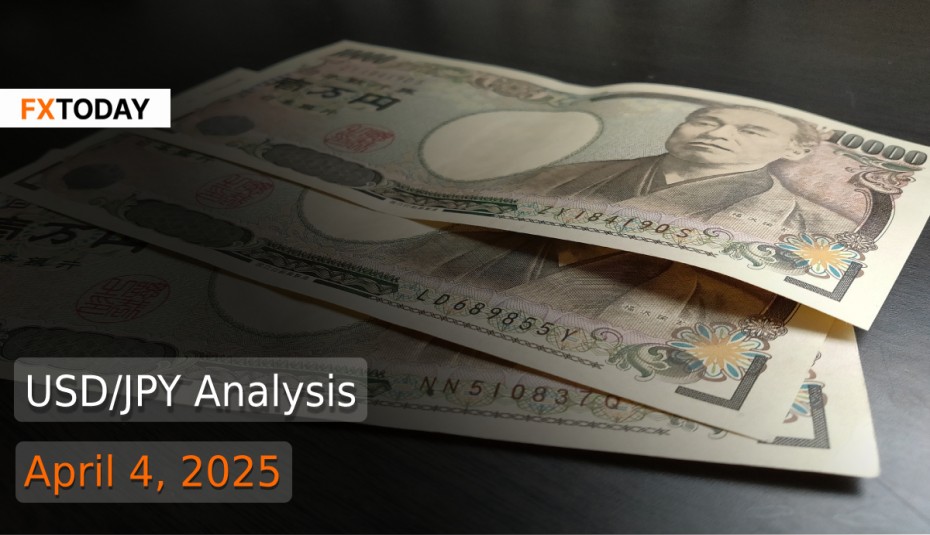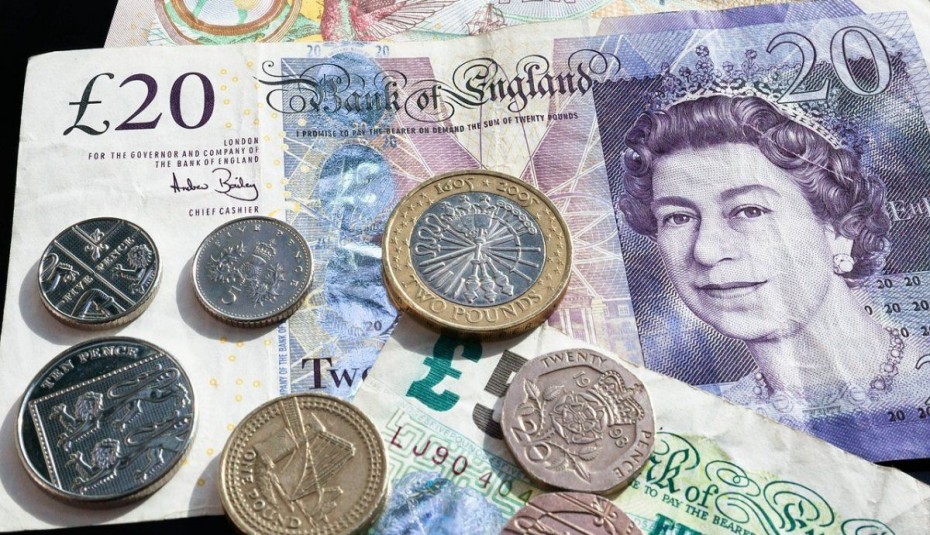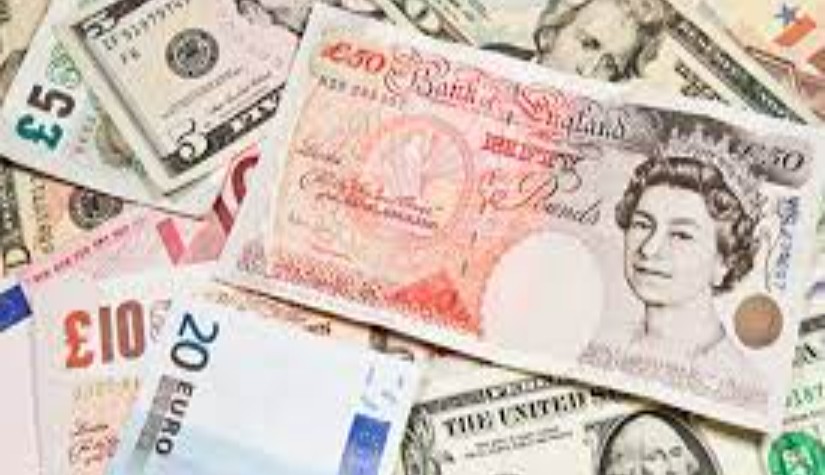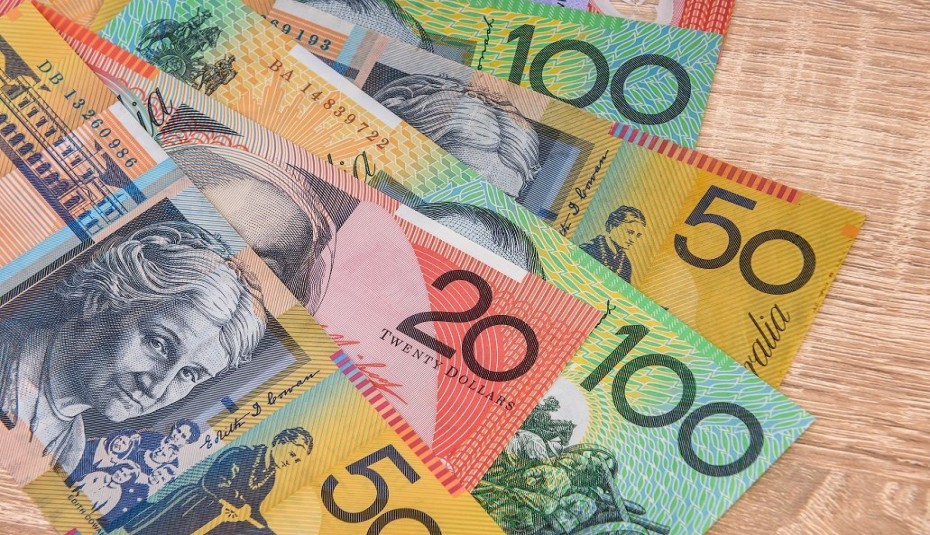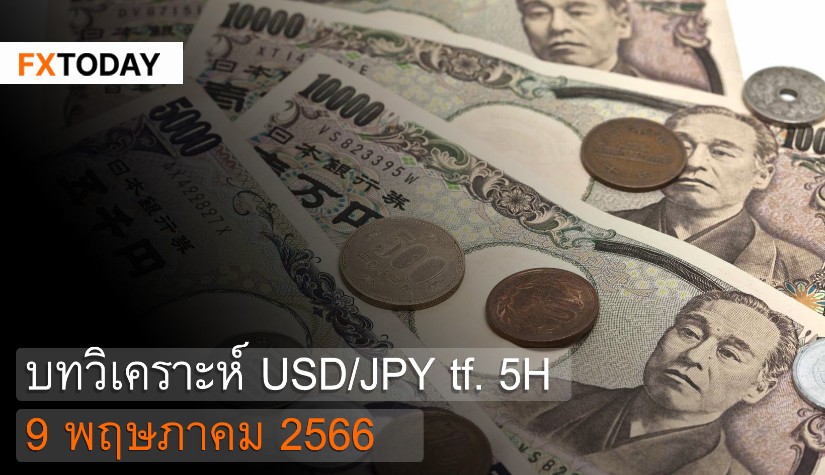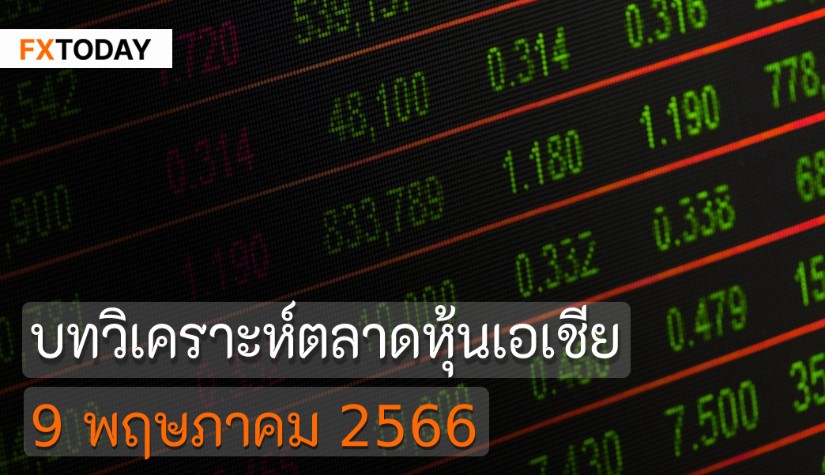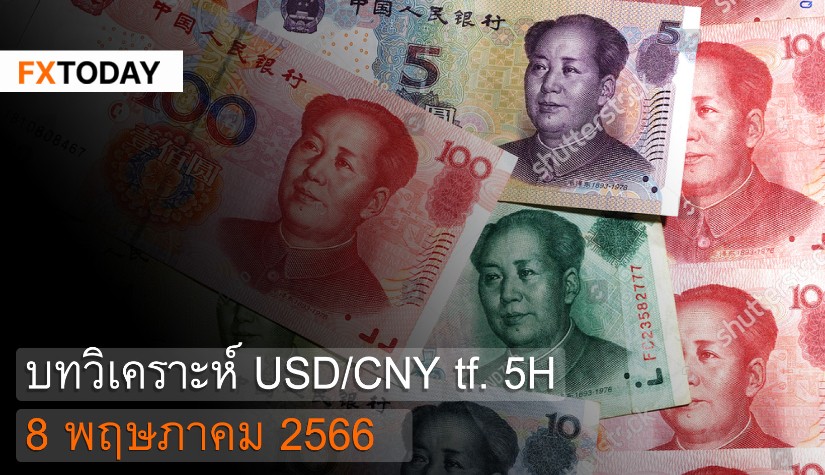Japan’s Fragile Recovery Faces Domestic Strain and U.S. Tariff Shock
Japan’s economic recovery remains fragile as consumer spending and business activity weaken despite rising wages and persistent inflation. Household spending fell 0.5% in February from a year earlier—the first drop in three months—highlighting consumer caution amid high prices. Though monthly spending rose 3.5% seasonally adjusted, driven by travel, a 4.5% drop in food spending indicated pressure from high living costs. Analysts expect meaningful recovery in consumption only in the second half of 2025, as real wage growth remains limited.
In response to labor shortages and rising costs, many firms raised wages by 5.42%—the largest increase in 34 years. Inflation stood at 3.7% in February, well above the BOJ’s 2% target. The IMF sees potential for stable 2% inflation and expects it to ease to 2.4% in 2025. The BOJ, which ended its ultra-loose monetary policy in January by raising rates to 0.5%, has signaled readiness to tighten further if wage growth supports inflation. Tokyo’s core CPI rose 2.4% in March, with rice prices jumping 92.4%—the sharpest rise since 1976—reflecting continued household strain. The BOJ has also begun cutting long-term bond purchases as part of its quantitative tightening.
Japan’s labor market remains tight, with unemployment at 2.4% in February. However, economic activity has softened. Factory activity contracted at the fastest pace in a year, with PMIs below 50 for nine months. Service-sector activity shrank for the first time in five months, as rising costs dampened sentiment. Business confidence has weakened, driven by inflation, labor issues, and global trade tensions.
New U.S. tariffs, including a 25% levy on Japanese car imports, dealt a significant blow. Prime Minister Shigeru Ishiba expressed disappointment over Japan’s lack of exemption. The Nikkei fell to an eight-month low, wiping out over $127 billion in market value. Daiwa Institute estimates the tariffs could shrink Japan’s GDP by 0.6% this year.
Japan announced support for affected industries, including easier access to state-backed loans. A task force was formed to assess the fallout, and Finance Minister Kato emphasized dialogue with the U.S.
Despite headwinds, Japan’s fundamentals show some resilience, with modest gains in industrial production, retail sales, and employment. ING projects a 25-bps BOJ rate hike in May, supported by wage growth and inflation above 2%. BOJ Deputy Governor Uchida warned U.S. tariffs could both depress growth and fuel inflation via supply chain disruptions.
Trump’s sweeping tariffs roiled global markets, sending the U.S. dollar to six-month lows against major currencies. The measures—ranging from 10% on all imports to up to 54% for key partners—mark the most aggressive U.S. protectionist stance in over a century. Investors fled to safe havens like bonds and gold, fearing a global recession.
Meanwhile, the ISM nonmanufacturing index fell to a nine-month low, and both consumer and business confidence remained weak. Federal Reserve officials, including Governor Lisa Cook, pointed to rising economic uncertainty. Some banks, such as Morgan Stanley and Deutsche Bank, have abandoned their forecasts for rate cuts this year due to tariff-driven inflation. However, others still believe the Fed may need to ease policy if recession risks increase. Critics warn the U.S. could face "stagflation"—a combination of high inflation and slowing growth.
As a result, the USD/JPY pair is likely to remain volatile amid diverging policy paths between the U.S. and Japan. The yen could face renewed depreciation if U.S. tariffs deepen global risk aversion, driving investors toward dollar-denominated safe havens. However, if the BOJ raises rates again in May as projected and U.S. economic sentiment deteriorates further, USD/JPY could drift lower toward the 143–144 range in the coming weeks, with downside potential strengthening into H2 2025 as Japan’s real wages and consumption recover.
Data for Technical Analysis (1H) CFD USD/JPY
Resistance : 146.31, 146.44, 146.63
Support : 145.93, 145.80, 145.61
1H Outlook
Source: TradingView
Buy/Long 1 If the support at the price range 145.63 – 145.93 is touched, but the support at 145.93 cannot be broken, the TP may be set around 146.35 and the SL around 145.48, or up to the risk appetite.
Buy/Long 2 If the resistance can be broken at the price range of 146.31 – 146.61, TP may be set around 146.86 and SL around 145.78, or up to the risk appetite.
Sell/Short 1 If the resistance at the price range 146.31 – 146.61 is touched, but the resistance at 146.31 cannot be broken, the TP may be set around 145.84 and the SL around 146.76, or up to the risk appetite.
Sell/Short 2 If the support can be broken at the price range of 145.63 – 145.93, TP may be set around 145.33 and SL around 146.46, or up to the risk appetite.
Pivot Points Apr 4, 2025 02:27AM GMT
|
Name
|
S3
|
S2
|
S1
|
Pivot Points
|
R1
|
R2
|
R3
|
|---|---|---|---|---|---|---|---|
| Classic | 145.33 | 145.61 | 145.84 | 146.12 | 146.35 | 146.63 | 146.86 |
| Fibonacci | 145.61 | 145.8 | 145.93 | 146.12 | 146.31 | 146.44 | 146.63 |
| Camarilla | 145.93 | 145.98 | 146.02 | 146.12 | 146.12 | 146.16 | 146.21 |
| Woodie's | 145.31 | 145.6 | 145.82 | 146.11 | 146.33 | 146.62 | 146.84 |
| DeMark's | - | - | 145.98 | 146.19 | 146.49 | - | - |
Sources: Investing 1, Investing 2

